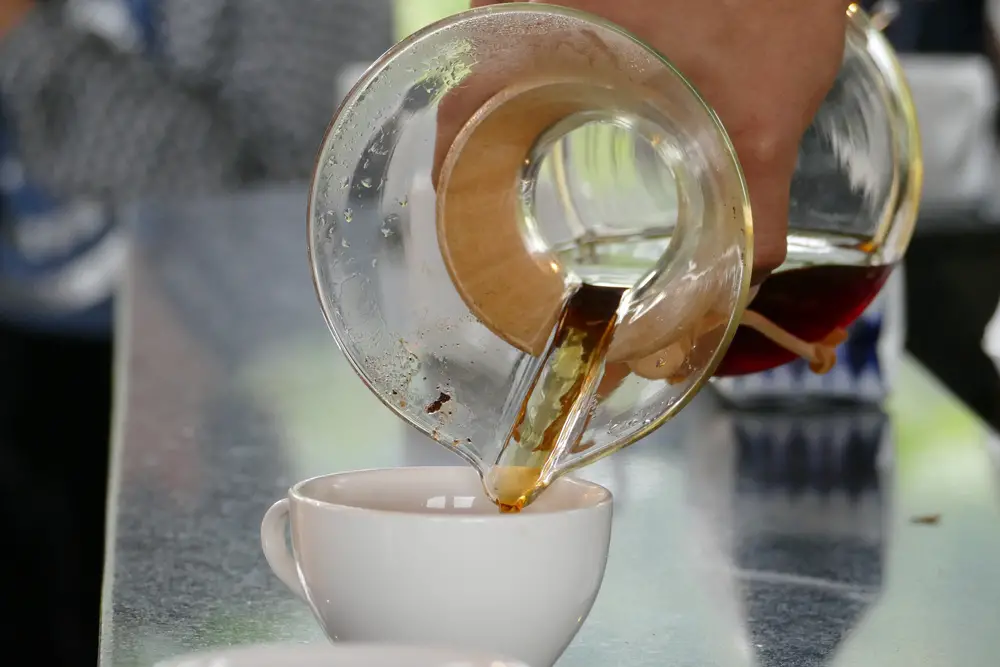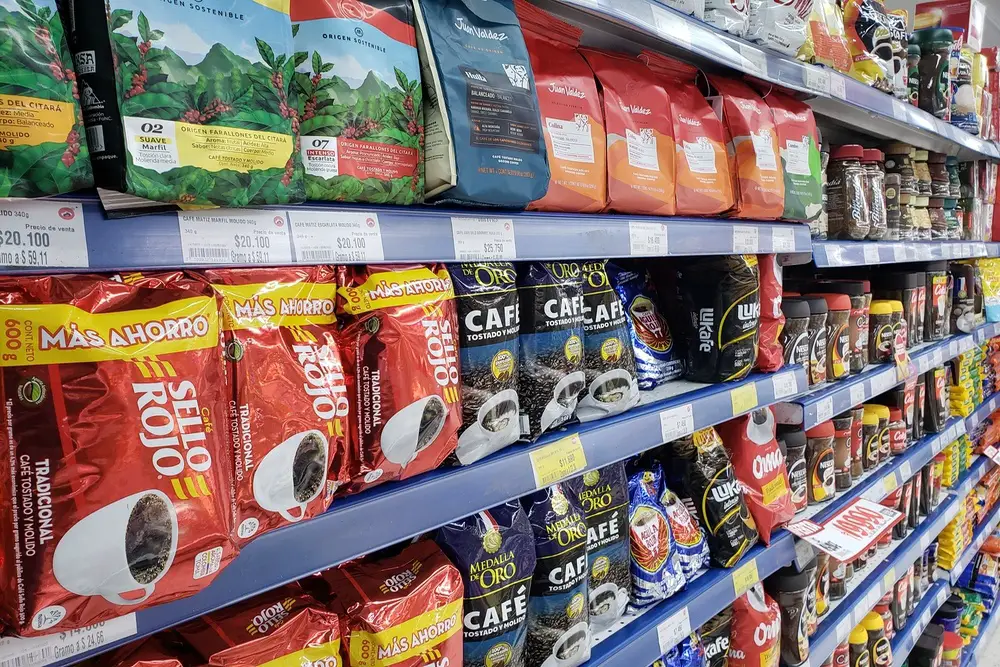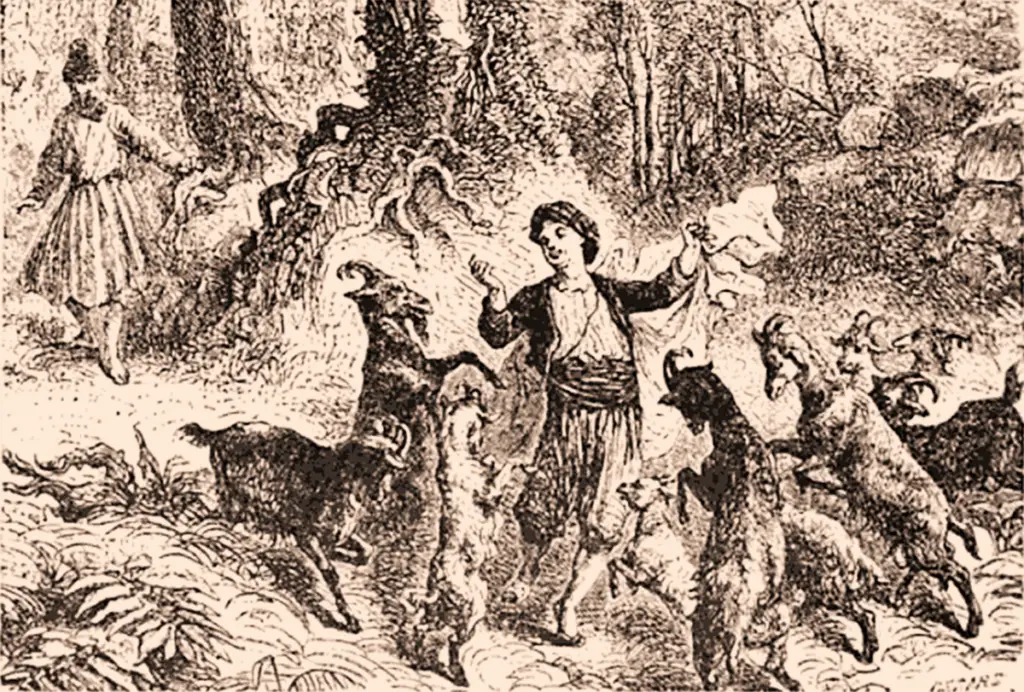Although coffee was already very popular throughout Europe in the 17th century, the Spaniards still had to wait almost a century before they could enjoy this wonderful drink.
Table of Contents
How did coffee come to Spain?
Coffee has a rather curious history in Spain. One could say that it was one of the first countries where coffee was consumed, but therein lies the curiosity.
It is believed that the Arabs brought customs to Spain from their cities of origin when they invaded the Iberian Peninsula in 711. They regularly consumed a drink called Bunchun, the same drink the Turks called choava or coffee.
Although this drink was deeply rooted in the peninsula’s culture, the occupiers did not attempt to reproduce it in the occupied countries. When Spain reconquered the Iberian Peninsula eight centuries later in 1492, coffee consumption in Spain disappeared by the mid-18th century.
In Spain, coffee consumption was completely eradicated by the end of the War of Succession, and as a result many Italians, who by then already had a coffee culture, moved to the coastal towns to negotiate with the Arabs in the late 17th century.
coffee shops opened in major cities such as Madrid, Barcelona and Cádiz, the sole purpose of which was to make new friends through coffee.
The early years of coffee in Spain
Since its reintegration into the Spanish economy, coffee has been a success. There were many reasons for this.
With the shipping fleet of that time, the Spaniards had the opportunity to transport coffee of the highest quality from their colonies. Although Spain started consuming coffee late compared to other European countries, it was very fortunate because coffee cultivation was not viable in many places at the time.
In the early years of coffee’s spread in Spain, Cadiz was the most important city for coffee. This city had the most liberal population in Spain at the time. The coffee found enormous acceptance among the population there, as the coffee was sold in places where alcohol was mainly sold.
However, with the inclusion of women in all walks of life, coffee has been branded as misogynistic. Coffee enjoyment was reserved exclusively for men, since women were not allowed to enter the coffee shops. In 1850 this law was changed and women could finally enjoy this wonderful drink.
The first coffee shops in Spain
The first mention of a coffee house in Spain dates back to 1764 when the Fonda de San Sebastián was founded on Atocha Street in Madrid. The second mention, but no less important, is the Café de F. Martinelli, which opened its doors in 1781.
Although these cafes were very important to Spain, by 1802 there were at least 23 registered in Cadiz. Today Spain has around 260,000 coffee houses and thus the highest number of coffee houses per inhabitant in the country.
Coffeeshops have always had an intellectual aura from their beginnings and in all parts of the world. The first coffee shops have in common that the visitors were often scholars, writers or politicians. In fact, it was in a French coffee shop that the United States Declaration of Independence was signed, and the Spanish coffee shops were no exception.
Over the years, these cafes hosted the first gatherings where the main players tried to influence society. People criticized the governments or showed their dissatisfaction with Spanish society.
Coffee cultivation in Spain
After the first successful years in Spain, King Carlos III. in 1788 attempts to grow coffee on the Canary Islands.
The variety used was the Arabica variety typically. Fortunately, the coffee plants found a tropical climate there, which was ideal for their growth. According to historians, coffee was established as a fertile product in Spain as early as 1799.
For many years this coffee was of excellent quality. However, in the 1930s and 1940s production was severely hampered by high transport and labor costs as the nearest coastal town was Tenerife, 4 hours away. For this reason, the number of coffee plantations has been reduced. Today there is only a small production town in the Valle de Agaete on Gran Canaria.
Thanks to technological advances and the high quality of the beans produced in the Agaete Valley, the residents hope that coffee lovers will be interested in their product and they will be able to promote tourism to the La Laja estate.
How was coffee consumed in ancient Spain?
was a successful product in Spain as early as the late 18th century, the early methods of preparation were not comparable to those of its European neighbors. At that time, Italian coffee and espresso machines already existed.
The first coffee preparations in Spain were very simple and followed the following steps:
- Water was boiled in a pot.
- Then the ground coffee was added.
- It was left to infuse for about two minutes.
- Finally, it was strained with a fine cloth.
This method was used until the end of World War II, when the espresso machine became popular.
Coffee in Spain today
As in the rest of the world, there are very clear market trends in Spain. During the pandemic, capsule coffee consumption skyrocketed.
At present, Spain is still a country that consumes a lot of coffee. The Spanish Coffee Federation states that around 170,000 tons of coffee were consumed in 2020, which corresponds to around 2 cups per person per day.
Of these 170,000 tons, there are very clear preferences, broken down as follows.
- 32.27% prefer coffee of natural origin.
- 20.11% prefer mixed coffee.
- 18.24% prefer coffee in capsules.
- 15.03% prefer instant coffee.
- 14.35% prefer Torrefacto coffee (sugar is added during roasting to caramelize the beans)
In 2020, Spain received around 216,299 tons of coffee from at least 33 different countries via the port of Barcelona, with around 33% of the coffee received being re -exported.
The top 10 countries from which coffee is imported are according to the Port of Barcelona.
- Vietnam with 92,557 tons of coffee.
- Brazil with 38,379 tons of coffee.
- Kenya with 17,257 tons of coffee.
- Colombia with 13,220 tons of coffee.
- Indonesia with 9,756 tons of coffee.
- Singapore with 8,625 tons of coffee.
- Côte d’Ivoire with 6,717 tons of coffee.
- Mexico with 5,743 tons of coffee.
- India with 3,499 tons of coffee.
According to studies and thanks to the third coffee wave, coffee consumption in Spain should increase significantly. It is estimated that 63% of young people over the age of 15 drink at least one cup of coffee a day, which puts Spain 19th in terms of global consumption.
The most popular coffee recipes in Spain
Although Spain was introduced to coffee many years later than its neighboring countries, it was still able to make a major contribution to today’s coffee culture, providing everything from recipes to successful roasting methods.
Thanks to the creativity of the Spaniards, they were able to take and modify the classic espresso characteristics, resulting in completely new flavors, with some combinations that might seem strange, but still achieved excellent results.
For a Spaniard, the world witnessed one of the most popular roasting methods when entrepreneur José Gómez Tejedor discovered that adding a little sugar when roasting coffee gives it a protective layer, allowing the coffee to last longer.



